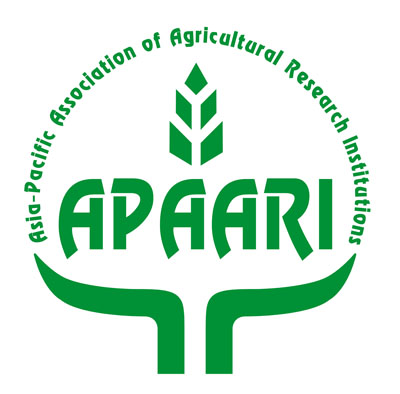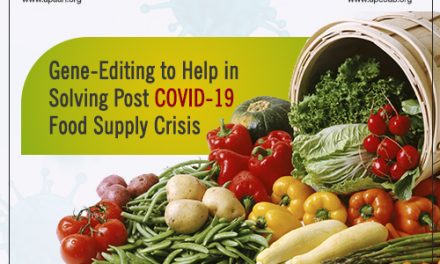Whenever there is a plate of fruits in front of you or fresh vegetables, do you stop to think whether they always looked like this? The evolution of fruits and vegetables is incredible. The fruits that we eat today, the vegetables that we cook did not look/ taste the same and were not cultivated in a similar manner thousands of years ago. Years of geographical adaptations and climatic change have influenced their evolution. Similarly, farmer’s selection, breeding, and scientific intervention have changed them beyond recognition. Therefore, all that we grow and eat today has been genetically modified over the years of cultivation. The methods and tools for carrying out these selections and modifications have improved with advances in our understanding and available technology.
Formal agriculture is believed to have started about 10,000 years ago. In all this time generations of farmers have selected and propagated the selected plants. This has always been done with the intention of change in improvements of the size, taste, water content etc. of the foods be it fruit or vegetable. Many have succeeded while several experiments must have failed. Among the many crops that have been selected and bred to be unrecognizable compared to their ancestors are corn and watermelons.
Evolution of Corn
From sweet corn soup to cornflour to ever-favorite pop-corn, we have developed scores of recipes around this vegetable. Studies reveal that corn was first cultivated some 9000 years ago in the Americas particularly in Latin America. Corn’s ancestor- teosinte resembled a wild grass with small hard cobs more than today’s plant with robust cobs. Agricultural scientists weren’t able to trace the origin of corn or maize for a very long time, especially the domesticated version that we are cultivating and used to consume now. Lots of research by botanists, geneticists and archeologists led us to the origin of maize from the wild teosinte grass that grew ages ago. Both have similar DNA and differ only in a handful of genes.
Maize was domesticated (almost to its present form) in Mesoamerica where the practice of selective breeding began. Experimentation by farmers led to the separation of corn seeds that were tastier and/or larger. They would be separately planted in subsequent sowing seasons. By 4000 BC, cobs became an inch longer. Another few thousand years of further experimentation led to the plant in its present form.
Today, corn is cultivated all over the planet – not just by farmers but also in the backyard by amateur gardeners. Changes continue to take place, especially with innovative breeding techniques. A significant alteration was seen in the 1980s when scientists experimented by inserting genes from Bt soil bacteria into corn seeds in order to keep pests and diseases away. Further research is going on to develop corn that can yield better in drought-like conditions.
Watermelon and Its Evolution Story
Who doesn’t like the coolness of watermelons on a warm, sunny day? But do you know that the modern-day version of this fruit has so much resemblance to its ancestors? Watermelons are believed to be first harvested in Southern Africa and after thousands of years of experimentation by the farmers in the field, the current form came into being. One of the biggest advances in its breeding happened in the 1950s and 60s when scientists bred varieties that were robust and resistant to diseases. Watermelons today are successfully grown and harvested all over the world. Scientists are continuing to work on producing improved varieties like the black Densuke variety and seedless watermelons etc.
Almost every fruit or vegetable you eat today has been genetically modified over the years in nature. Peaches, apples and many other fruits have been modified. However, not every experiment has been successful. For example, a variety of apple was introduced in the US called the Red Delicious apples which were known to be bright and shiny. But to get that shine and color, the flavor was largely compromised. As a result, it wasn’t very popular. Today, alternative varieties such as Honeycrisp and Gala are more popular though they do not have the luster of Red Delicious apples.
Today plant breeders have multiple tools available that can hasten this process of selection and breeding. With our knowledge of the genes responsible for traits and the gene-editing technology, we can precisely edit the specific DNA sequence(s) to make the change that may otherwise take thousands of years in a single generation. The technique does not involve any foreign gene insertion and the edited variety is indistinguishable from the conventionally bred one and safe for consumers.
Reference:https://www.vox.com/2014/10/15/6982053/selective-breeding-farming-evolution-corn-watermelon-peaches


